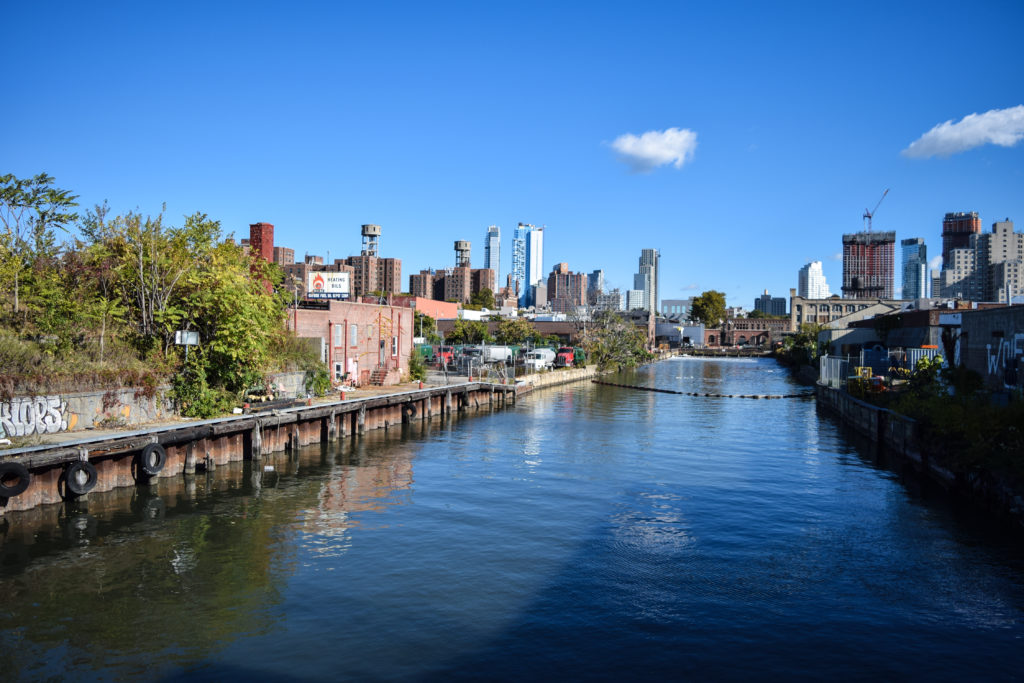NYU Tandon faculty member explores life’s limits at the bottom of the Gowanus Canal

For Elizabeth Henaff, a member of the faculty at NYU Tandon and a leading environmental scientist, “hitting bottom” is a positive, heady experience. She just might be one of the world’s greatest experts on understanding the bottom of the Gowanus Canal.
This has huge significance for mankind’s understanding of how violations of our precious resources can be analyzed and mitigated. Whether it’s tons of plastics in oceans, or industrial sludge from another era clumped in a Brooklyn canal, many of mankind’s industrial sins find their way to the bottom–and make a record.
The Gowanus Canal, the 1.8-mile waterway surrounded by the Gowanus neighborhood, is known for its inhospitable and grotesque waters. After a century of environmental damage from coal-processing plants, tanneries, flour mills and concrete works, the ’60s era factories shut down.

Brooklyn Boro
View MoreNew York City’s most populous borough, Brooklyn, is home to nearly 2.6 million residents. If Brooklyn were an independent city it would be the fourth largest city in the United States. While Brooklyn has become the epitome of ‘cool and hip’ in recent years, for those that were born here, raised families here and improved communities over the years, Brooklyn has never been ‘uncool’.